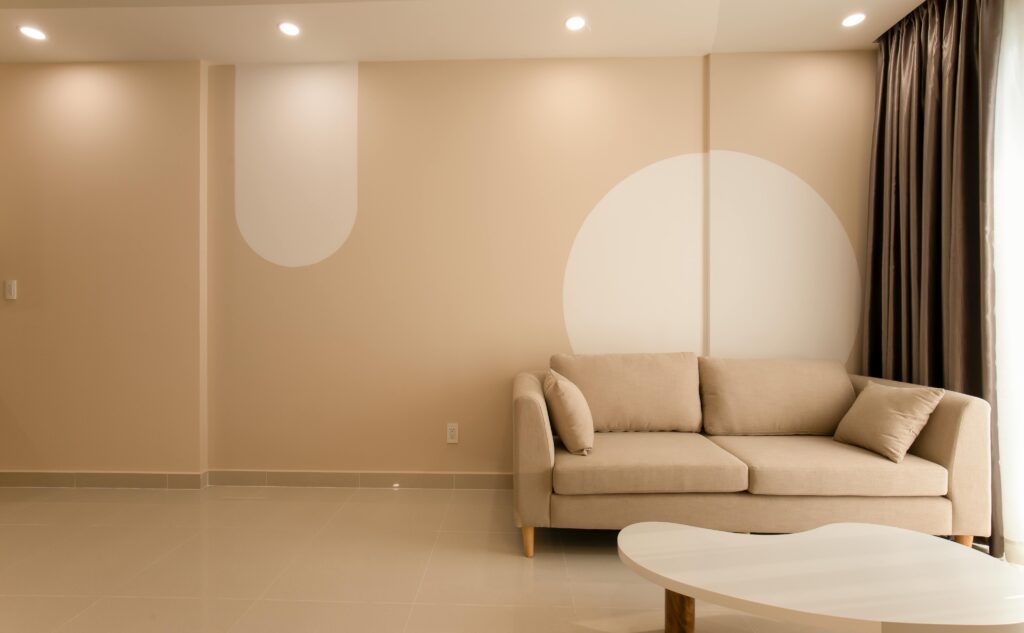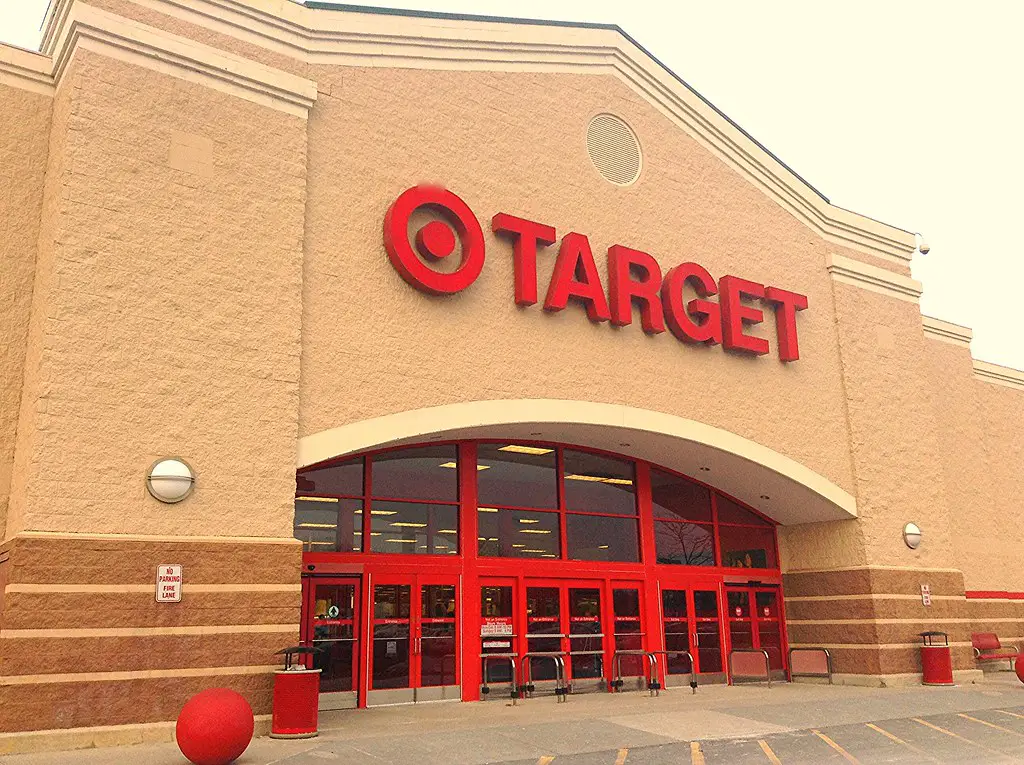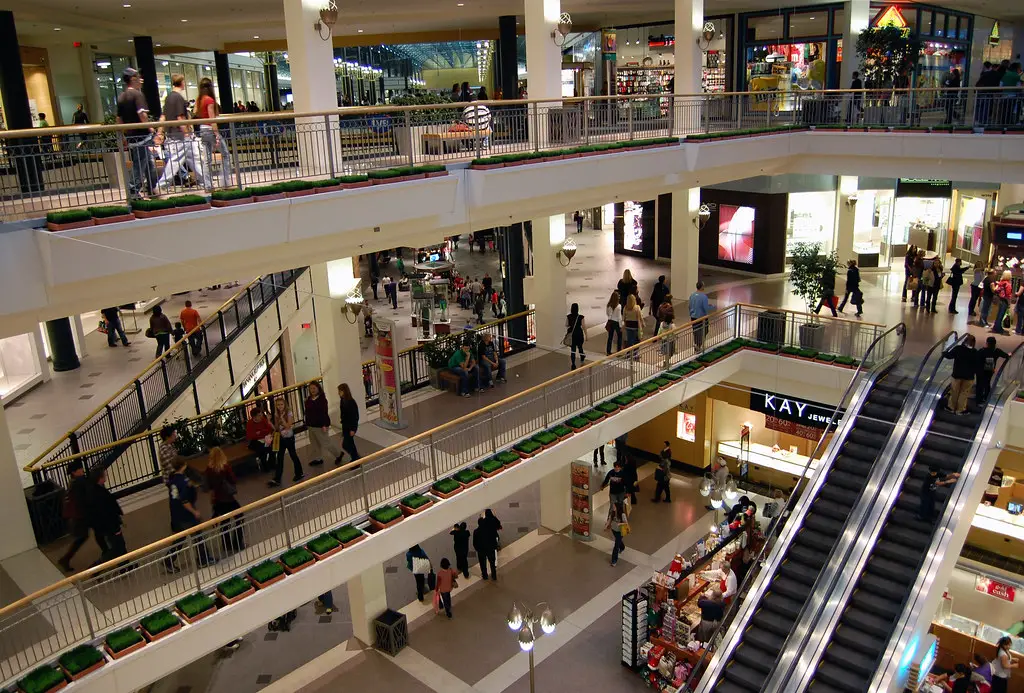In the ever-changing retail landscape, even beloved home goods stores aren’t immune to shifting consumer habits and economic pressures. While these stores have long been staples for decorating and furnishing homes, emerging trends suggest they may not be around forever. From the rise of online shopping to the growing preference for minimalism and sustainability, several factors are threatening their survival. If you’ve ever wondered why your favorite home goods store might not exist in the next decade, here are ten key reasons behind its potential downfall.
1. The Rise of Online Shopping

E-commerce giants like Amazon have revolutionized the way consumers shop for home goods, offering convenience, competitive pricing, and endless variety. Many shoppers prefer to browse and purchase items from the comfort of their homes rather than visiting physical stores. With online retailers offering free shipping and hassle-free returns, traditional home goods stores struggle to compete. As digital shopping continues to grow, brick-and-mortar stores may become obsolete.
Moreover, online-exclusive brands have gained significant traction, cutting out middlemen and passing the savings directly to consumers. Companies like Wayfair and Overstock specialize in home goods and decor, making it easier to find stylish, affordable pieces without stepping foot in a store. Subscription-based home decor services also provide curated selections tailored to individual tastes, reducing the need for in-store browsing. Unless home goods retailers adapt by integrating strong e-commerce strategies, they risk fading away.
2. Increasing Rental Trends Over Homeownership

Homeownership rates are declining, particularly among younger generations who opt to rent rather than buy. Without a permanent home to decorate or furnish, renters are less likely to invest in high-end home goods. Many prefer smaller, multi-functional furniture that suits temporary living arrangements rather than traditional, long-lasting pieces. As a result, demand for large furniture and specialty decor items sold in home goods stores is decreasing.
Additionally, the rise of furnished apartments and short-term rentals reduces the need for people to purchase their own furniture. Many landlords and rental companies provide fully furnished spaces, further limiting the necessity of visiting home goods stores. Subscription-based furniture rental services have also gained popularity, allowing consumers to lease high-quality furniture instead of purchasing it outright. If this trend continues, traditional home goods stores could see a significant decline in sales.
3. Economic Uncertainty and Budget-Conscious Shopping

With inflation and economic fluctuations affecting consumer spending habits, many shoppers are prioritizing budget-friendly options over luxury home goods. Discount retailers like HomeGoods, TJ Maxx, and even dollar stores offer stylish home items at a fraction of the cost. Price-conscious consumers are turning to secondhand marketplaces like Facebook Marketplace, Craigslist, and thrift stores instead of buying brand-new items. The shift toward frugality makes it difficult for premium home goods retailers to maintain steady sales.
Furthermore, DIY and upcycling trends encourage homeowners to repurpose and refurbish existing furniture instead of buying new pieces. Online tutorials and social media platforms have made it easier for people to personalize their spaces without spending a fortune. With sustainability in mind, many consumers prefer to buy used items rather than contribute to mass production. If home goods stores fail to adapt to these financial and environmental considerations, they may struggle to survive.
4. The Growing Popularity of Minimalist Lifestyles

Minimalism has gained traction in recent years, encouraging people to own fewer possessions and focus on functional, high-quality items. This trend directly impacts home goods stores, as consumers buy less furniture, decor, and accessories. The days of filling every corner of a home with decorative pieces are fading, replaced by a preference for clutter-free living. As more people embrace this mindset, demand for home goods stores’ inventory decreases.
Moreover, tiny homes and downsized living spaces reinforce the minimalist movement, reducing the need for excessive home furnishings. People are opting for multi-purpose furniture and adaptable storage solutions rather than purchasing numerous decorative pieces. Sustainability concerns also play a role, with many choosing to invest in fewer, longer-lasting products rather than frequent impulse buys. If home goods stores fail to adjust to the shift toward minimalism, they may lose relevance in the market.
5. Big-Box Retailers Offering Home Goods Sections

Large retail chains like Walmart, Target, and Costco have expanded their home goods sections, offering stylish and affordable options. Consumers can now pick up home decor and furniture while doing their regular grocery or household shopping, making separate trips to specialty stores unnecessary. These big-box retailers often offer lower prices due to bulk purchasing and private-label brands, making it hard for dedicated home goods stores to compete. Shoppers appreciate the one-stop convenience these stores provide.
Additionally, major retailers frequently refresh their inventory to align with current design trends, keeping their home goods sections appealing. Many now offer exclusive designer collaborations, bringing high-end aesthetics to mass-market shoppers at a fraction of the cost. The convenience of returning items to a local store, rather than shipping them back to an online retailer, also makes these chains attractive. If dedicated home goods stores can’t differentiate themselves from big-box competitors, they may struggle to stay afloat.
6. The Decline of Mall Shopping

Shopping malls, once a prime destination for home goods stores, have been struggling for years. Many department stores that carried extensive home decor selections have closed locations or gone out of business entirely. As foot traffic declines, the home goods stores that rely on these high-traffic shopping centers suffer as well. Consumers now prefer to shop online or visit standalone retail locations rather than spend hours at a mall.
Moreover, many younger consumers prioritize experiences over traditional retail shopping, further reducing mall visits. With the rise of experiential spending—such as travel, dining, and entertainment—buying home decor isn’t as high on the priority list. Without steady customer flow, home goods stores in malls face shrinking revenues and increasing operational costs. If this trend continues, even well-established brands may be forced to close locations or shut down completely.
7. Supply Chain Challenges and Rising Costs

Global supply chain disruptions have made it increasingly difficult for home goods stores to maintain consistent inventory. Shipping delays, material shortages, and increased transportation costs have all contributed to higher prices and stock shortages. When consumers face frequent out-of-stock items or inflated prices, they turn to competitors or postpone their purchases altogether. Stores unable to efficiently manage these challenges may struggle to stay in business.
Additionally, unpredictable supply chains make it difficult for retailers to plan seasonal product releases and promotional events. With inconsistent inventory, customers may grow frustrated and seek more reliable shopping alternatives. Online retailers often have more flexibility in sourcing products from various suppliers, giving them an advantage over brick-and-mortar stores. If supply chain disruptions persist, traditional home goods stores could face mounting losses.
8. Changing Home Design Trends

Trendy home aesthetics shift rapidly, making it difficult for traditional home goods stores to keep up with evolving consumer preferences. Fast furniture brands and online retailers quickly adapt to new styles, offering trendy pieces at lower prices. Meanwhile, established home goods retailers may struggle to update their collections as frequently. Without fresh and on-trend inventory, stores risk losing relevance in a fast-moving industry.
Social media platforms like Pinterest, TikTok, and Instagram have accelerated the pace of home decor trends, encouraging consumers to update their spaces frequently. With access to countless DIY tutorials and affordable alternatives, people no longer feel the need to shop at traditional home goods stores. Homeowners now experiment with different styles without committing to expensive, long-term investments in furniture and decor. If retailers can’t match the speed of changing trends, they may see dwindling customer interest.
9. The Impact of Subscription-Based and Rental Services

More consumers are turning to home decor subscription boxes and furniture rental services instead of making permanent purchases. Companies like Feather and Fernish allow customers to rent high-quality furniture with the flexibility to swap or return items as needed. This model appeals to young professionals, renters, and those who frequently relocate. Rather than investing in expensive home goods, consumers prefer low-commitment options that adapt to their lifestyles.
Additionally, decor subscription services provide curated home accessories based on seasonal trends. These services eliminate the need for customers to shop in stores, further decreasing foot traffic in home goods retailers. As the rental and subscription economy grows, traditional home goods stores may struggle to compete with this evolving business model. If they don’t embrace flexible purchasing options, they risk losing a significant share of the market.
10. A Shift Toward Sustainability and Ethical Consumerism

Today’s consumers are more conscious about the environmental and ethical impact of their purchases. Many people seek out sustainable home goods made from recycled materials, ethically sourced wood, and eco-friendly manufacturing processes. Traditional home goods stores that rely on mass production and low-cost labor may struggle to meet these growing demands. If they fail to offer sustainable alternatives, they risk alienating eco-conscious shoppers.
Furthermore, there is a growing interest in secondhand and vintage home furnishings, which reduces demand for new retail items. Platforms like Facebook Marketplace, Etsy, and local thrift stores offer unique, budget-friendly alternatives that attract environmentally aware consumers. As sustainability becomes a top priority, home goods stores must adapt or face significant challenges in retaining their customer base. If they don’t embrace eco-friendly practices, they could become obsolete in the near future.
